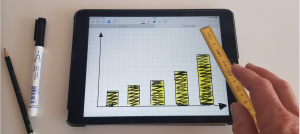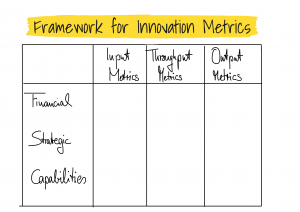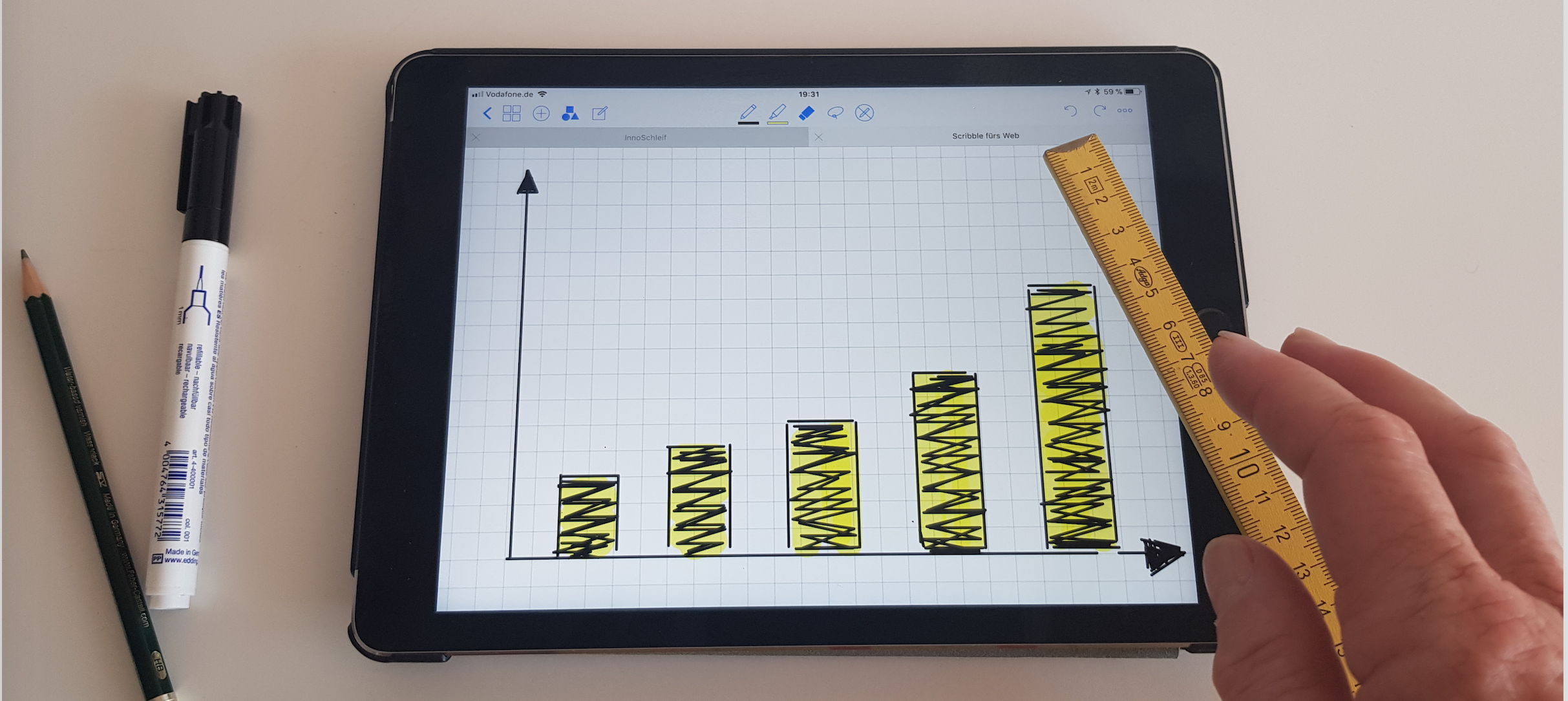Does your Innovation Program work?
Can you tell?
Measuring the effectiveness of innovation is hard. Less involved people might even think it is based on pure luck and cannot be measured at all. As innovation is increasingly understood as a crucial element in a company’s future success, it is necessary for companies and their innovation leaders to find ways to test and measure different innovation approaches to find the right one for them.

Large corporations and increasingly also mid-size companies implement innovation programs in many different forms from building internal innovation programs for employees all the way to launching accelerator programs to attract promising startups, including many forms in-between. They are searching for disruptive and incremental innovation to pay for a good future but the question is: Are they making progress or are they shooting their bullets into the dark? So far, many companies learned by experience that traditional KPI’s do not work. But which ones will work instead?
In this blog post, I collected some of the latest thoughts and learnings for you and I will give you my take on it, based on my own experiments and discussions with corporate clients and valued colleagues.
The HRB Point Of View
A recent article in the Harvard Business Review dated May 06, 2018, offers the most commonly used 5 metrics:
-
Revenue generated by new products
-
Number of projects in the innovation pipeline
-
Stage-gate specific metrics, i.e. projects moving from one stage to the next
-
P&L impact or other financial impact
-
Number of ideas generated
but they also caution that:
- These metrics must be aligned or at least be communicated in alignment with the metrics that matter to the CEO/COO.
- Success usually does not show within 2-3 years. The first 4-5 years are often needed to figure out what one opportunity is worth pursuing.
- It’s not fun to measure failure, and that is especially true for the corporate world.
- It’s not the customers job to design new, innovative products. We need some visionaries in the company to design the solutions to the customer problems they learned about.
- Large companies find real comfort in analyzing and reporting. Something familiar in this insane world of seemingly chaotic, lean innovation. If we are not careful, we can end up spending all our energy measuring innovation instead of making it happen.
Strategyzer’s KPI Project
Alex Osterwalder posted „The 4 KPIs to Track in Innovation Accounting“ on May 16, 2018 in the Strategyzer Blog. According to his experienced work with multinational consortiums and SMIs, the key measures are:
- Risk & Uncertainty: How much have you de-risked an idea so far? How much risk remains?
- Potential Profitability: How big might the idea be in financial terms?
- Learning Velocity & Time Spent: How much time have you spent so far? How much have you learned during this time?
- Cost: How much have you spent?
These metrics are concrete and meaningful; however, it might be a challenge to find a subjective scale to measure them. Look for example at “Risk & Uncertainty: …How much risk remains?” I wonder: How can we tell? Do we see all the risk we need to see or are we likely to see just the unproven hypotheses that we want to see? Human brains love to play their tricky magic with us sometimes. Alex promises more insight soon. This will be interesting.
Thoughts on Innovation Metrics:
I have looked at increased innovativeness from various ankles and came to the conclusion to best use the “Customer Discovery” approach to find the innovation metrics that are right for a company. This means we ask: What is it, the company wants to achieve with their Innovation efforts? Dependent on this “Job-to-be-done” (Clayton Christensen) question, we can measure progress e.g. in the areas of
- Financial
- Strategic
- Capabilities
and dependent on the specific progress that needs to be achieved we can look at
- Input metrics
- Throughput metrics
- Output metrics
Here’s a framework for innovation metrics that could work:

This framework can be filled with a portfolio of metrics to choose from. The appropriate ones align with the company strategy at the time and measure the results that the innovation program is employed for. We all know, company strategy changes, thus the metrics are likely to change, too. Pick 3-5 metrics at a time to measure innovation progress in alignment with the company strategy. I understand the job of metrics is to be comparable to offer a reference over a period. However, what good are metrics that do not correlate with company goals and that are meaningless to the board?
Furthermore, innovation management hopefully advances over time. A more sophisticated program might look for more advanced measures than a program that just gets started.
Let’s start by filling the framework with the metrics that work for you.
What progress do you want from your company’s innovation program? And why is that so?
Keep digging, experimenting and discussing to make progress on metrics for innovation.
Join in to help move this discussion to the next level.
Lieber Gruß, Ute







